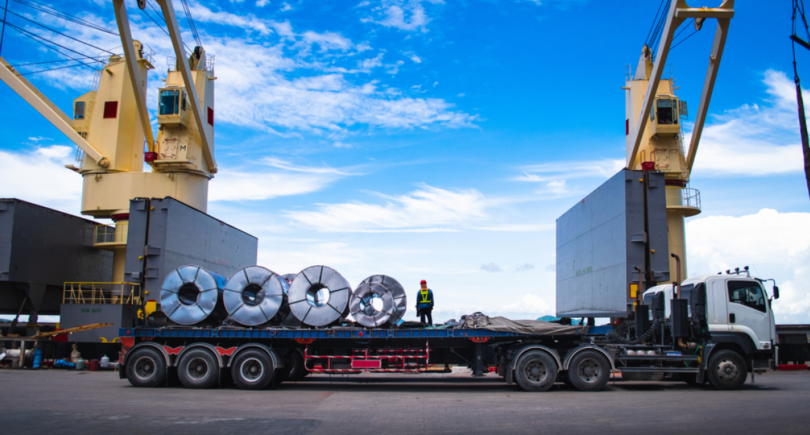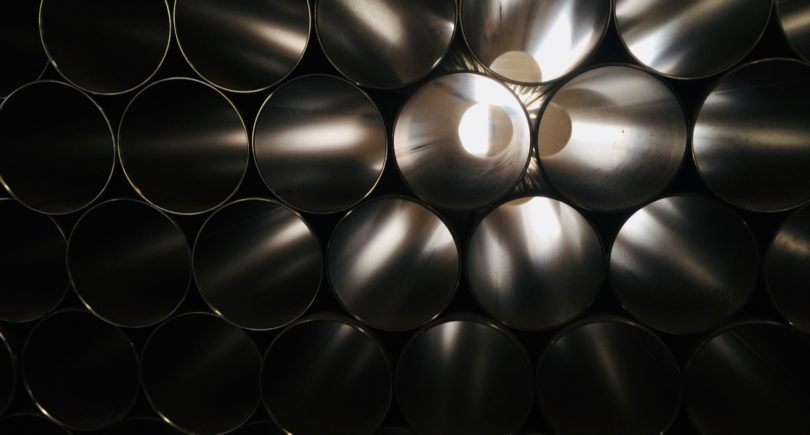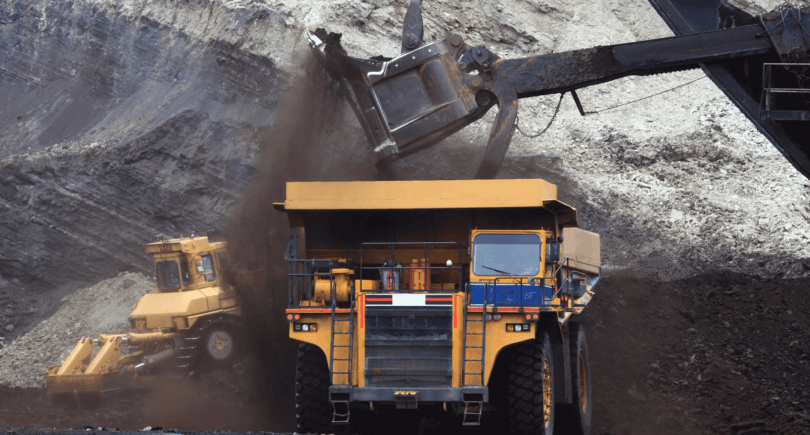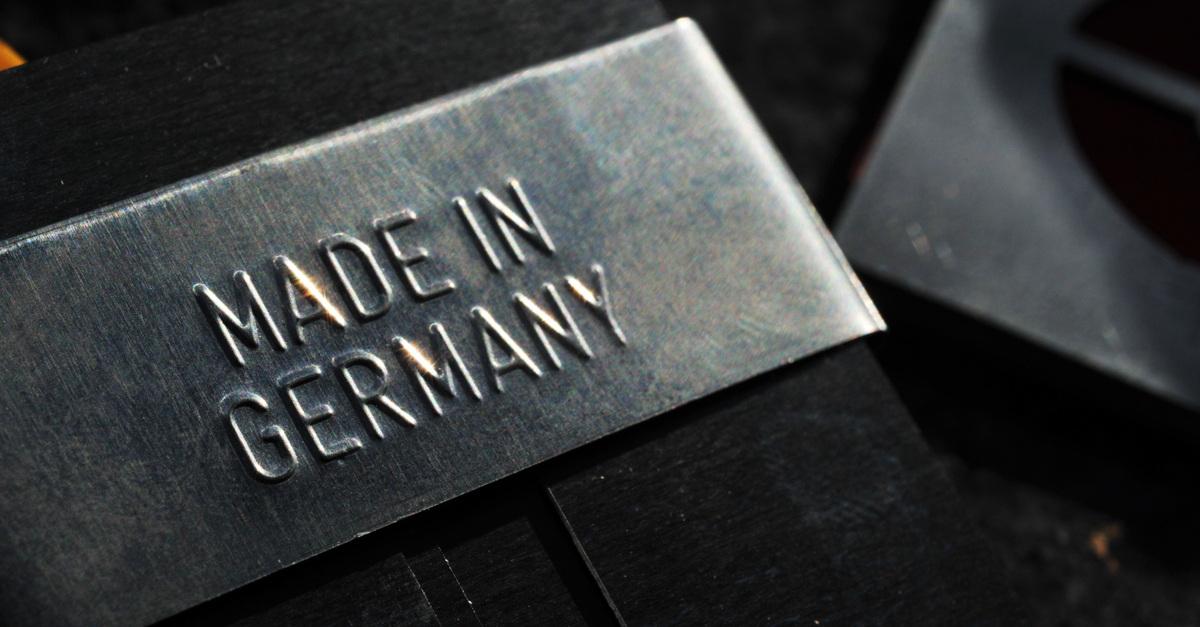
News Global Market EU 1296 25 February 2025
The country's industry expects support from the new federal government
In January 2025, German steelmakers reduced steel production by 12.7% compared to the same month in 2024, to 2.68 million tons. The figure decreased by 2.3% compared to the previous month. This is evidenced by data from the German Steel Industry Association WVStahl.
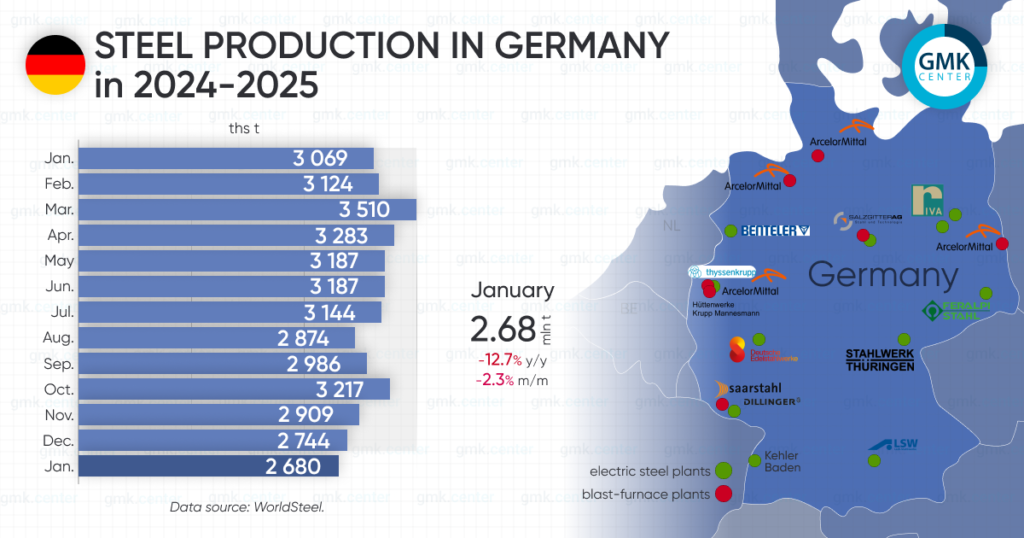
Steel production in oxygen converters amounted to 1.85 million tons for the month, down 15.9% y/y and 16.7% m/m, and in electric arc furnaces – 825 thousand tons (-4.5% y/y; +59.9% m/m).
Pig iron production in Germany in January decreased by 16.3% compared to January 2024, and by 16.1% compared to December – to 1.72 million tons. Hot-rolled steel production decreased by 8.7% y/y and increased by 18.8% m/m – to 2.48 million tons.
“The weak start to the year is another indication of the urgency of economic stimulus to overcome the stagnation in Germany. We expect the new government to act decisively and promptly, both in Berlin and Brussels,” emphasizes Kerstin Maria Rippel, CEO of WVStahl.
As GMK Center reported earlier, Germany is one of the ten largest steel producers in the world according to World Steel. In 2024, the country increased steel production by 5.2% compared to 2023, to 37.23 million tons. Pig iron production for the year amounted to 24.33 million tons (+2.9% y/y), and hot-rolled steel production amounted to 31.61 million tons (+3% y/y).
Despite the growth in steel production, the volume of smelting for the third consecutive year remained below the 40 million tons, which corresponds to the level of the recession, WVStahl notes.


